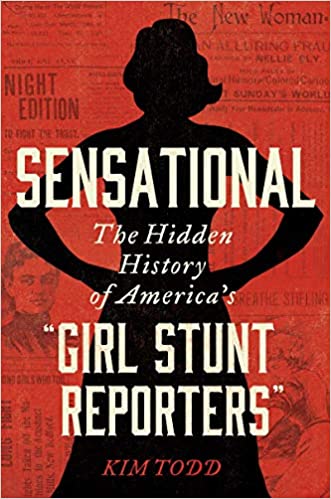“Soothsayer: Beware the ides of March.
Caesar: What man is that?
Brutus: A soothsayer bids you beware the ides of March.”
— William Shakespeare, Julius Caesar, c. 1599
In the Middle
The Romans called the day that divided a month in half the “ides.” Every month had one, but today, we don’t talk about the ides of April or December for one simple reason: Julius Caesar got himself murdered on the 15th of March in 44 BCE. Then, one thousand, six hundred and forty-three years later, Shakespeare dramatized that historic moment for eternity. And so it is that in literary circles at least if you say the word “ides,” everyone immediately thinks about something bad happening in March, and feels at least momentarily ill at ease.
The Romans, though, held a variety of religious festivals at the ides of March, the first month of their year. It was also a customary time to settle debts. With this blog I intend to do just that— acknowledge a great debt I owe the poet and icon Gwendolyn Brooks. It seems fitting to recognize her at the ides of a month in between one celebrating Black history and another honoring poetry.
Gwendolyn Brooks
Born in Topeka, Kansas in 1917, Brooks lived most of her life in the ever-vibrant city of Chicago until her death on 3 December 2000. Over the course of her 83 years, she wrote two dozen poetry books, a novel, an autobiography, and more. In 1949, her book of poems titled Annie Allen (published by Harper) won her a Pulitzer Prize— the first African American to win the award. She went on to become the poet laureate of Illinois, and then of the United States in 1985— the first Black woman to fill that esteemed role. Her list of awards and accomplishments— with many more ‘firsts’— are far too exhaustive for this space, and easily found online.
The first poem I read by Gwendolyn Brooks— who otherwise had eluded me throughout my undergraduate studies— was The Bean Eaters. At the time, I was reading the poetry of the English Lake Poets— primarily the Romanticists Wordsworth and Coleridge. With their heads in the clouds— or in clouds of opium— they wrote flowery tributes to emotion recollected in tranquility, to daffodils, to pleasure-domes and to the moon. I was taught that theirs was a return to more simple, ordinary— even artless— language. And I suppose when compared to their predecessors, that was true. But it was Gwendolyn Brooks who introduced me to what simplicity really means in poetry, and how powerful it can be. This lesson in spareness, exemplified by The Bean Eaters, informed my own writing from that point on.
The Bean Eaters
From Selected Poems, Harper & Row, 1963
They eat beans mostly, this old yellow pair.
Dinner is a casual affair.
Plain chipware on a plain and creaking wood,
Tin flatware.
Two who are Mostly Good.
Two who have lived their day,
But keep on putting on their clothes
And putting things away.
And remembering . . .
Remembering, with twinklings and twinges,
As they lean over the beans in their rented back room that
is full of beads and receipts and dolls and cloths,
tobacco crumbs, vases and fringes.
The Technique
The poem is short, only three stanzas of four lines each— called quatrains— until the end. Brooks wrote in free verse, without formal meter, using a simple rhyming scheme— AABA BCDC EFDF— which serves more to drive the pace of the poem than to please the ear of the reader. She uses some repetition, like the phrase “two who,” along with some alliteration, such as “twinklings and twinges,” but mostly she uses terse imagery to create the same sparseness and scarcity that echo the lives of the people she describes. This is a poem about a couple, yellowed with age, like paper–poor, living with the meager detritus of their past. And yet, they maintain dignity, as they keep on keeping on, in today’s parlance.
In three stanzas, Brooks creates a still life as vibrant as any scene Wordsworth described in England’s Lake District, as vivid as the scene in Shakespeare’s play when Caesar, on the ides of March, is stabbed to death by Brutus and his cohorts. The reader is transported to the dinner table with the couple, and all our senses are engaged: the image of the chipware, the sound of creaking wood, the coldness of tin, the smell of the boxes of receipts and tobacco crumbs. Brooks accomplishes all of this in three stanzas —under eighty words—without a single artifice. Her poem is a lesson in authenticity, honesty, and the power of simplicity. For that lesson, I am forever indebted.





A brevity with a fullness. Love it.